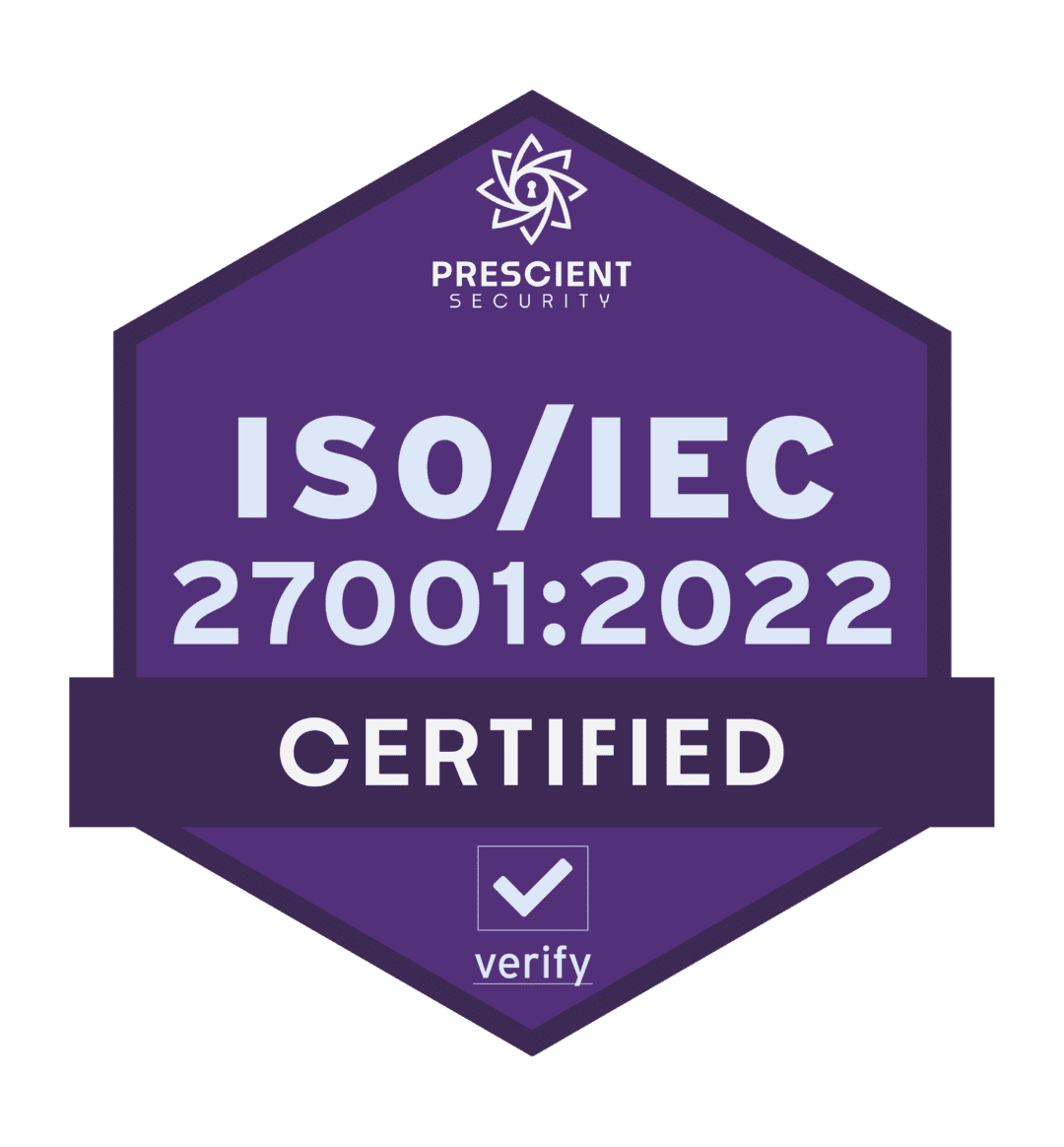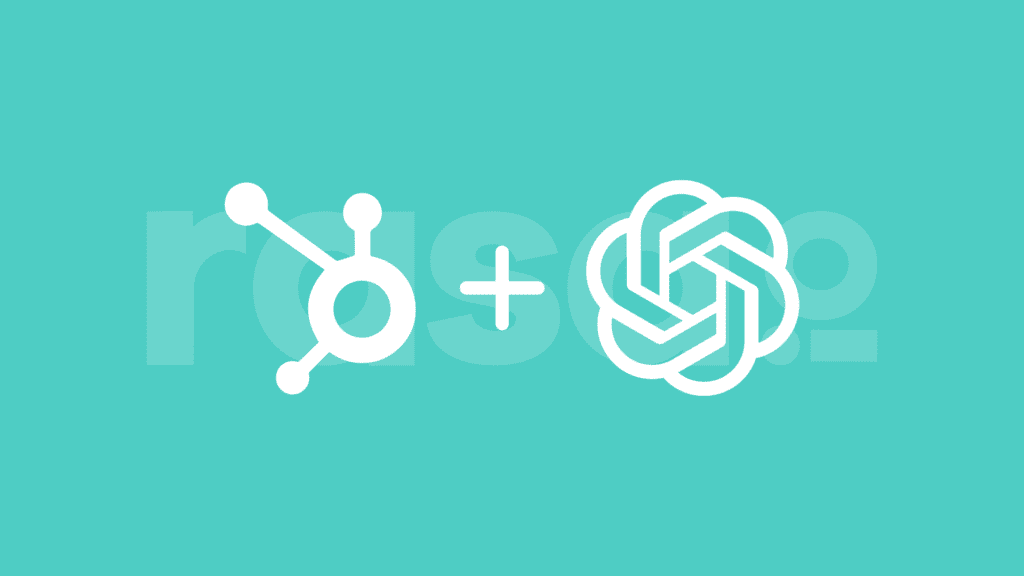How to use a weekly email newsletter to cultivate connections with your membership
If you handle communications for your trade association, chances are you’re already employing email.
But maybe you think you could be getting better results. Perhaps you’re not growing as fast as you’d hoped. Or you suspect many members are deleting your messages unread.
It might be time to adopt some strategies from the world of email marketing.
Did reading that phrase make you cringe? Are you thinking of the reams of bland emails constantly clogging up your inbox?
Don’t worry. Today’s email best practices don’t involve tricking recipients into opening your messages or overwhelming them through sheer volume.
Instead, they help you cultivate an audience that’s actually happy to receive your emails. That’s how successful marketers use email to achieve a higher return on investment than any other form of communication.
We’ll focus on one of the most powerful and versatile tools available to email marketers: the weekly email newsletter.
Email Newsletter Best Practices
A regular newsletter has several advantages over limited-run email campaigns.
In-depth content helps you grow your reputation as a knowledgeable authority in your field. Producing it on a regular basis gets readers in the habit of opening your emails.
Even if you’re already using a newsletter to communicate with your membership, these principles can help you take it to the next level.
Define Your Goals
Unfortunately, many organizations write newsletters simply because it seems like the kind of thing they should be doing.
You’ll have much more success if you set concrete goals.
Are you trying to:
- Grow membership?
- Drive sales?
- Increase engagement?
Turn those goals into targets with well-defined metrics and timeframes. Possible examples include:
- Grow your email list by 30% in 6 months
- Boost conference attendance by 15% over last year
- Recruit 5 new members per month
- Increase training course sales by 10% per quarter
Experiment
Once you know what you’re aiming at, you can tweak your approach using A/B testing.
Send out two versions of an email, with just one single factor different between versions.
Test things like:
- Subject lines
- Link text
- Color schemes
- Headlining article topics
- Promotional offer wording
Note which email performs better, according to the specific metric you’re targeting.
It’s also a good idea to test internally before sending each email. Confirm that it loads properly and doesn’t include broken links or corrupted graphics.
Analyze
How do you identify which factors to test? By keeping a close eye on your newsletter’s performance metrics.
If not enough people open your emails, you might need to work on your subject lines. If they’re scanning the body but not clicking through to your full-length articles, your descriptive text or calls-to-action might need work.
Fortunately, most email newsletter tools include analytics options. They’ll track factors like:
- Email subject lines
- Email opens
- Click-throughs
- Conversions
- List growth
- Unsubscribes
Keep It Brief
Respect the value of your subscribers’ time – don’t ask them to linger for half an hour over a single email. Shoot for text that gets its message across without wasting words.
Headlines, brief subheaders, and bullet points are your friends.
That’s not to say you shouldn’t be producing long-form content – in-depth features will often contain the real value that keeps your subscribers coming back for more.
But keep the bulk of each article on your website, and link to them using enticing headlines and snappy summaries in your email.
This advice goes for subject lines. Sum up the core theme of your newsletter in under 70 characters to keep people from tuning out.
Automate
Your time is valuable too!
That’s why successful email marketers use email automation that can send emails based on a pre-designed email template responding to subscriber actions.
These marketing automation programs can also be used to send a series of emails over time, to help maintain reader engagement. They can also add a personal touch with things like birthday greetings.
Personalize
Email marketing works by nurturing the perception of a personal relationship between subscribers and content creators.
That means using a recipient’s first name instead of a generic greeting whenever possible.
It also means delivering content that’s relevant to your subscriber’s interests. By segmenting your list into different categories, you can ensure that your association’s members receive different kinds of articles and offers than client organizations.
Again, commercial newsletter tools can automate this process for you, grouping your subscribers based on how they interact with your content.
Getting Started
What if you don’t have a newsletter yet, and you’d like to build one?
You’ll need two things to be successful: great design and great content.
The design includes every aspect of your newsletter’s presentation.
And as we stressed in our email best practices, good design flows from clear goals.
Every piece of your newsletter should include a specific call-to-action, or CTA – a clickable invitation to engage with your organization. Common actions include registering for an event, downloading an ebook, or simply navigating to your website.
Call-To-Action
A good CTA is:
- Visually distinct – it stands out from the surrounding text
- Specific – “Renew Your Certification Now” gets more clicks than “Sign Up”
- Well-placed – the visual layout leads the eye to the button
Your signup form is your first CTA. Make it straightforward – new list members should know how often your newsletter updates and what kind of content it contains, and why it’s valuable to them.
They should also know they may receive promotional material. No one wants to feel they’ve been duped into signing up for spam.
Make sure each new subscriber gets a welcome email from your autoresponder. This shouldn’t just be a cheerful greeting; include useful and entertaining content so that the recipient sees immediate value from their subscription.
The welcome email should include a link asking subscribers to confirm they want to be on the list. This practice is called double opt-in, and it helps you narrow down your audience to those who are truly interested in your content.
Other time-tested email marketing design principles include:
- Optimize for mobile – your emails should look good on a smartphone or tablet since that’s often where they’re viewed.
- Fixed Width – limit it to around 550-600 pixels, so readers don’t have to scroll from side to side.
- Limit Image Use – too many pictures can trigger spam filters
- Text First – your newsletter should still make sense without graphic elements -not all email clients will support embedded images, videos, etc.
The release schedule is also a design element – shoot for a day and time each week when people in your industry typically catch up on email.
Content
Ok, so you know how your newsletter should look. Now, what should it say?
Once again, the answer flows from goals – in this case, your subscribers’ goals.
Newsletters get results by providing value to the target audience before asking for anything in return. That builds credibility and loyalty.
Ask yourself: what do readers want from my newsletter? Relevant content.
In other words, the same things they want from membership in your association:
- Knowledge about the industry
- Helpful advice
- Business opportunities
- Career advancement
- Connections with colleagues
Now think of article topics that serve those goals:
- Guides, infographics, and whitepapers
- Success stories
- Job postings
- Professional development opportunities
- News about networking events
No doubt you’re already thinking of specific examples in your field.
Limit promotional content to 10% of your newsletter or less. Don’t worry – the other 90% is still working toward your organization’s goals, by establishing your brand identity as an authoritative informational resource.
You may want to consider hiring an experienced content writer. Your industry knowledge will be better received if the writing is lucid and entertaining.
Finally, one good way to know what your subscribers want to read is to ask them. Surveys and polls can be powerful tools for planning content.
Why Bother?
You may be wondering if all of this effort is really worth it.
Ultimately, only you can decide. But there are excellent reasons to think an email newsletter will pay off.
The strengths of a weekly email newsletter align perfectly with many of a professional association’s goals.
Newsletters are excellent at:
- Building communities
- Sharing industry-relevant information
- Deepening connections
- Delivering messaging
- Cultivating authority
And though many people assume email is obsolete in the age of Social Media, the numbers say otherwise.
Virtually everyone uses email, regardless of age group, ethnicity, and gender. And it’s far more effective at motivating action than searches or social media.
Final Thoughts
Whether you’re trying to boost your newsletter’s effectiveness or build one from scratch, the core takeaways are the same.
Know Your Goals
- Have clear targets for your email marketing campaign.
- Track and test their performance.
- Translate your goals into concise and inviting CTAs.
Know Your Medium
- Make sure your emails are compact and scannable.
- Write clear subjects and headers.
- Design for mobile performance.
Know Your Tools
- Automate where possible.
- Use analytics to monitor your progress.
- Segment your list and use targeted content.
Know Your Audience
- Offer clear value to subscribers.
- Tailor content to their needs.
- Seek out their feedback.
Know Your Metrics
- Keep track of the response rate.
- Monitor the open rate
- Be aware of the bounce rate
Finally, don’t feel like you need to know everything before you begin! Experimentation is the road to success.
Your members want to hear from you – so start the conversation.
Need some great newsletter tools to support your email marketing efforts? Find them at rasa.io!












